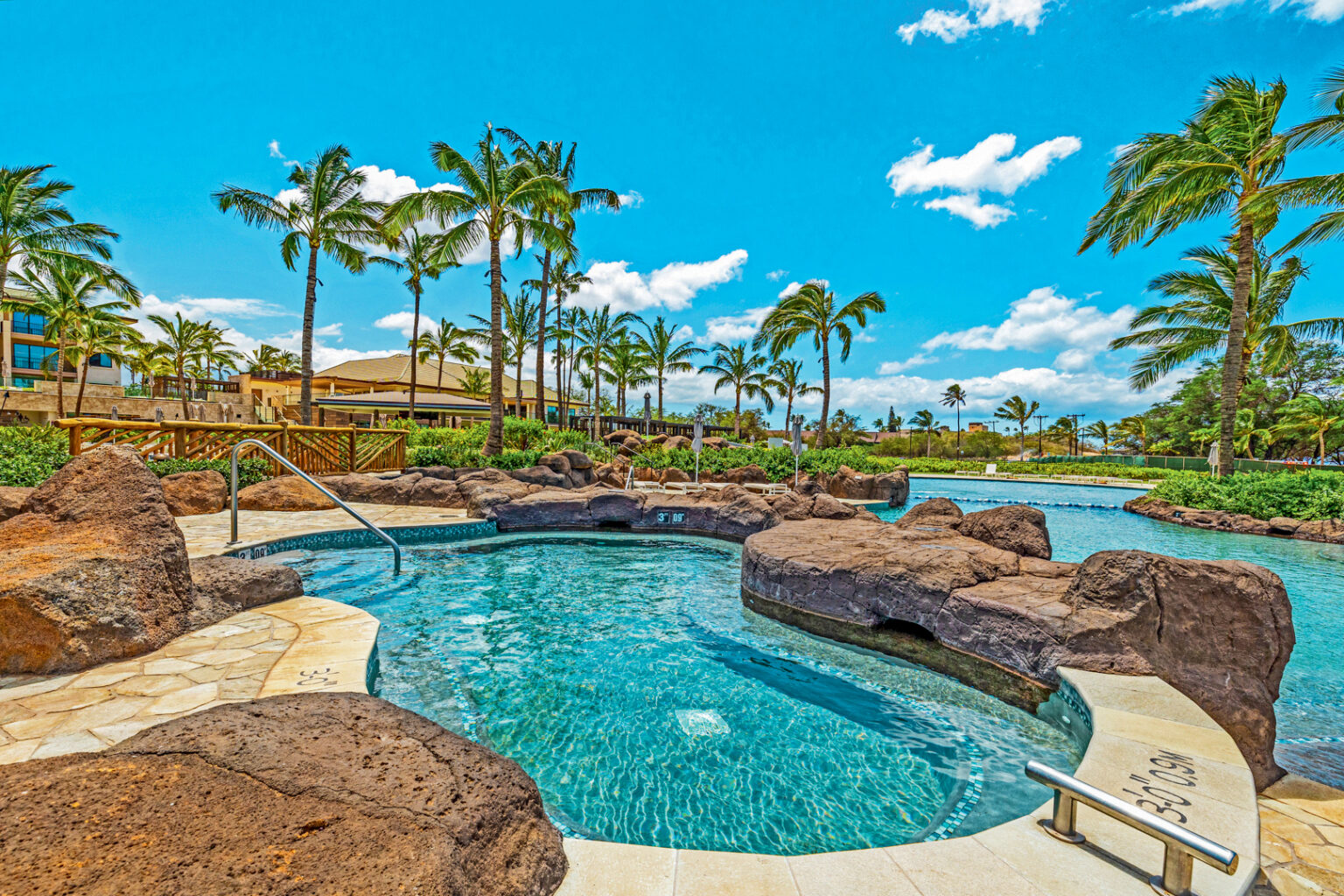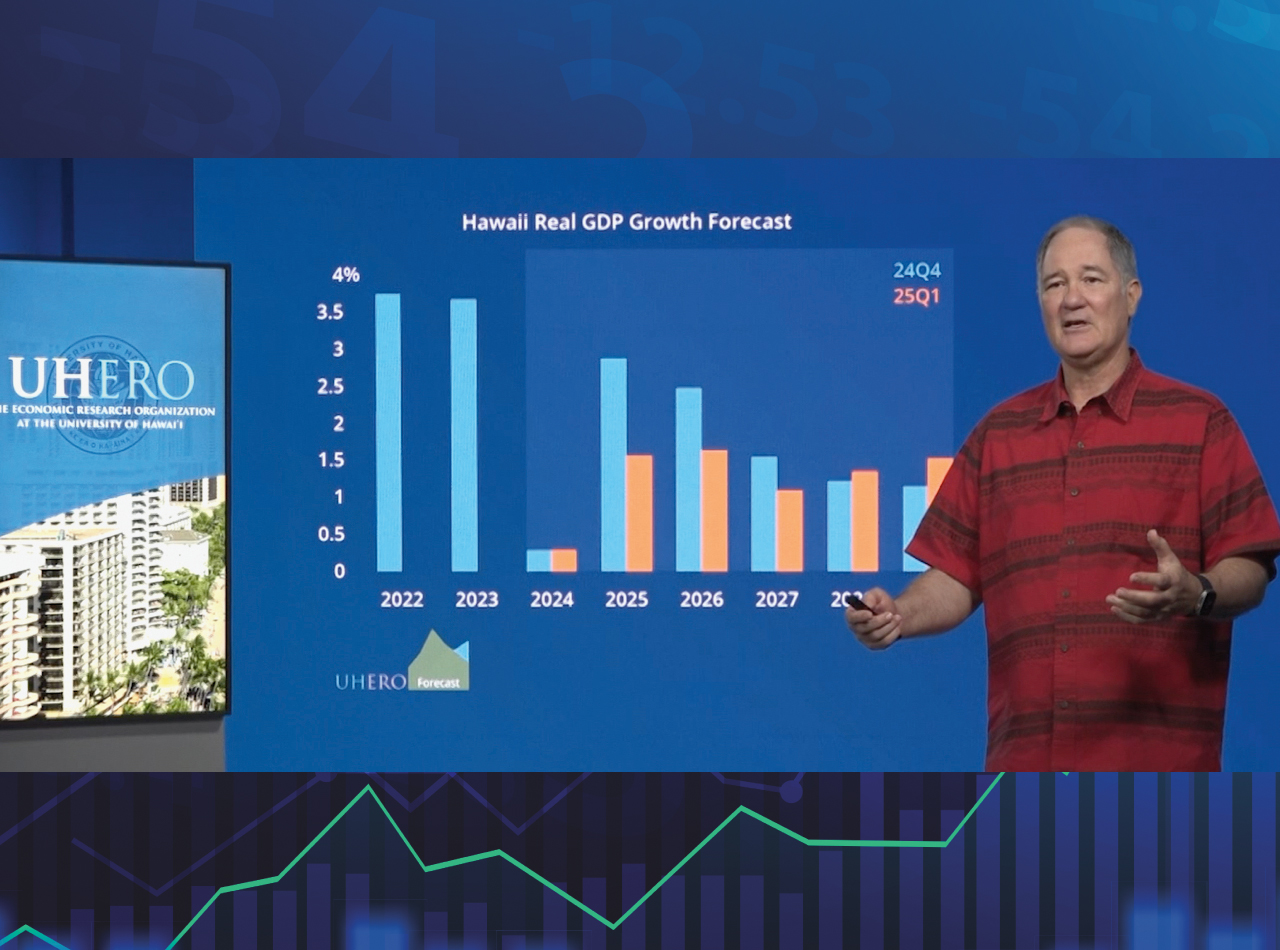Just like Maui real estate, fresh water on the Valley Isle is a scarce commodity.
Even before last year’s devastating wildfires, long-standing disputes were simmering between West Maui residents, government agencies and developers over water rights in the chronically dry region.
When the August blaze occurred, some firefighters claimed Lāhainā’s hydrants were dry or lacked sufficient pressure to fill their hoses.
In April, the Maui Department of Water Supply (DWS) updated Lāhainā residents on the status of the town’s fire-damaged water systems.

According to the DWS website, water lines in Lāhainā currently carry water, but not all water is drinkable and potable water won’t be fully restored until August.
Nevertheless, “this is encouraging,” says Paul Belshoff, Rider Levett Bucknall (RLB) associate and the firm’s Maui operations manager.
“It’s a big win for Lāhainā to see zones within the Water Advisory Area map shifting from orange [unsafe] to green [safe to drink] without the need to replace all the piping, which was a concern when early post-incident surveys were initiated,” he says.
The news underscores water’s pivotal role in Lāhainā’s redevelopment as well as in construction elsewhere on the island — particularly in Maui’s hospitality and residential sectors.

THE HOSPITALITY SECTOR
Water is often the star at Maui hotels and resorts, which tend to have spectacular pools, fountains and other aquatic attractions.
Hilton Grand Vacations Club Maui Bay Villas in Kīhei is one of them. Built by general contractors Hawaiian Dredging Construction Company Inc. and Nordic PCL Construction Inc., the resort features a multi-tiered water system that includes a “super pool,” a beach club pool, an adult pool, a clubhouse entry water display, a “Slide Mountain” splash pool, spas and cascading waterfalls.
The Maui Bay Villas’ super pool totals 12,735 square feet and has two thermal spas with a combined area of 380 square feet. The pool was built using a four-tier shotcrete shell bordered by natural stone coping, a glass fiber-reinforced concrete rockwork waterfall and other natural stone features.
The super pool’s tiers include an adult pool with a sunning bench, the main pool, a waterslide mountain with a splash-out pool, a keiki pool and a keiki waterslide.
“Slide Mountain” has a 15-foot vertical elevation drop. Its 130-foot-long custom fiberglass tube enclosure is surrounded by glass fiber-reinforced concrete rockwork and natural stone features. Multiple ‘ōhi‘a wood bridges span sections of the pool.
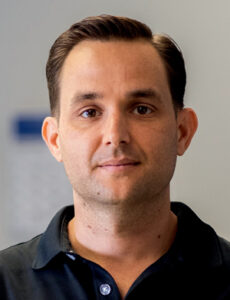

Water circulation is provided by nine Pentair WhisperFlo XF pumps, an array of Pentair filters and a ChlorKing chlorine generation system. Spas and pools are heated by AquaCal electric water source heat pumps utilizing reject heat from the resort’s chiller plant condenser water loop.
Elsewhere on the island’s hospitality job sites, Maui Plumbing Inc. President Raymond Michaels says his company is “completing two hotel renovations this summer and has a number of hospitality capital improvement projects that will start this summer as well — a sign that the hospitality sector is optimistic in its outlook.”
Jeremy Hoenicke, Pace Supply Corp. sales manager – Hawaii, agrees, noting Maui hospitality water system projects are on the rise this year. Pace water system equipment and materials are being used in many 2024 Maui hospitality projects, he says, including Maui Palms in Kahului, the Maui Coast Hotel, Maui Bay Villas and the Grand Wailea renovation.
RESIDENTIAL RELIANCE
As in Lāhainā, effective water management is key to development elsewhere on Maui in order to help ease the island’s current housing crisis.
Michaels says one of Maui Plumbing’s most important projects this year is ‘Ohana Hope Village.
“[This project is] a temporary housing development for those displaced by the Lāhainā fires [with] 88 units and will house about 200 people who lost their homes in the fires,” he says.
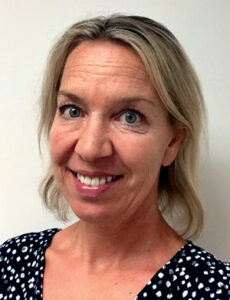
According to DWS Planning Program Manager Eva Blumenstein, curbing water demand “is instrumental to support new housing development in Maui County as water resources are strained and any new source development is expensive.”
To that end, DWS promotes several water conservation programs, including free distribution of low-flow fixtures for sinks, showers and outdoor hose bibs and free ultra-low-flow toilets.
“These programs are available for retrofitting as well as new builds,” Blumenstein says. Get more info at waterresources.mauicounty.gov/153/Water-Conservation.
Maui Plumbing Inc. has also started work on pipe replacement at a local multi-unit condominium.
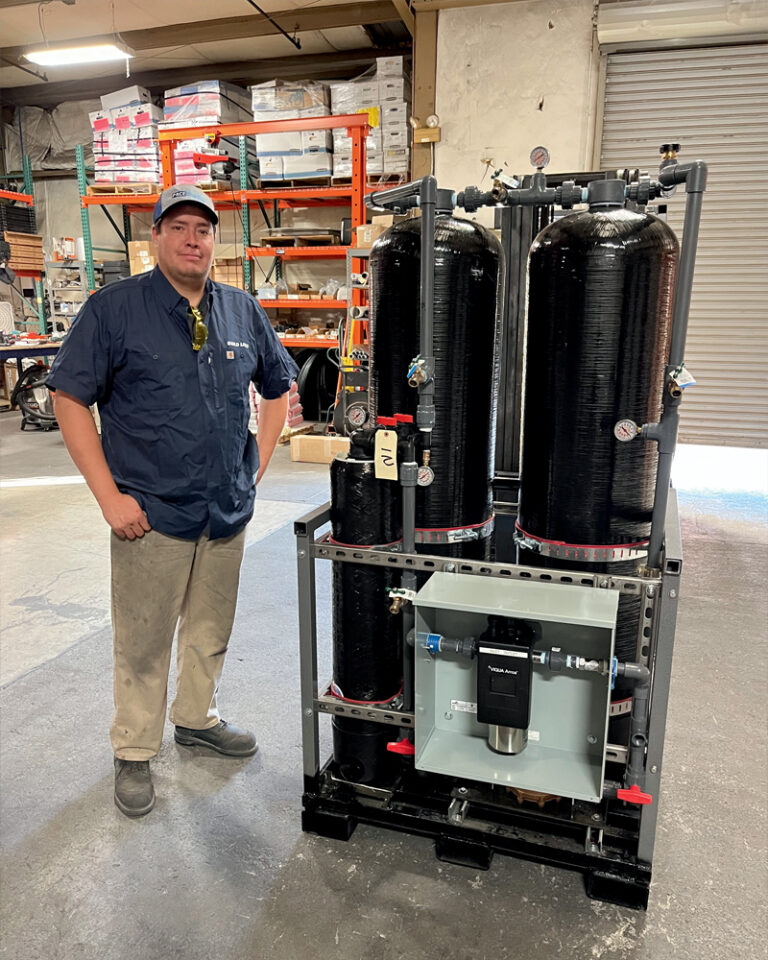
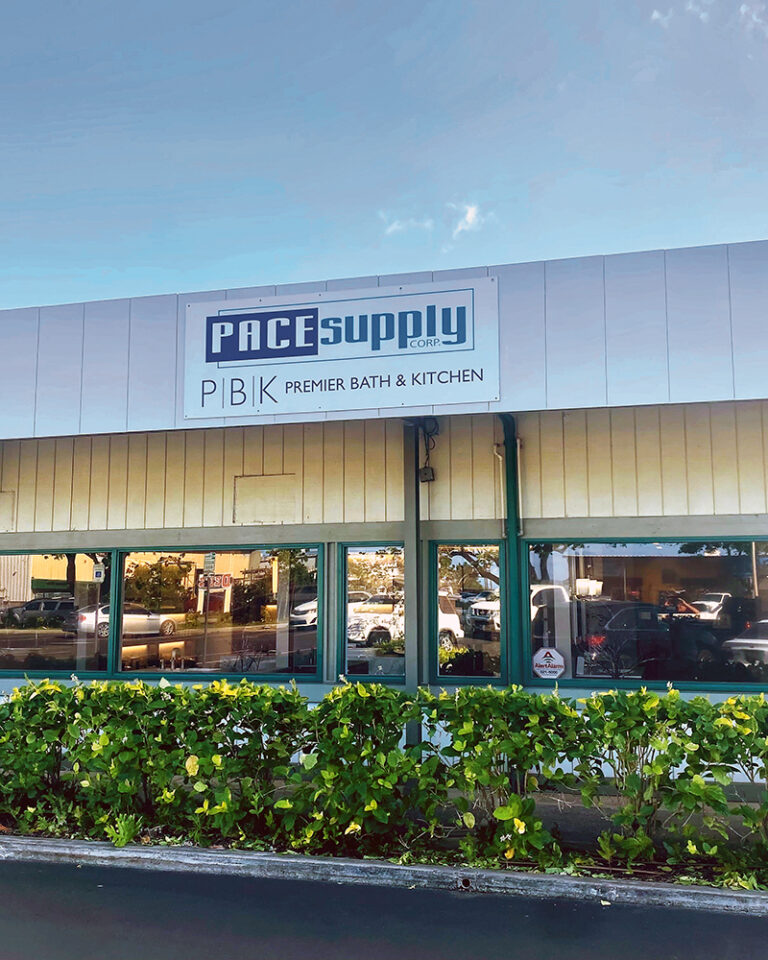
Maui Plumbing Inc. has also started work on pipe replacement at a local multi-unit condominium.
“We will be replacing all the waste lines for 424 condo units across 10 buildings,” says Michaels. “Over 74 percent of Maui’s condo buildings are 40 years or older and are in desperate need of pipe replacement and spalling repair. Aging underground piping is causing exfiltration of sewage water into the groundwater and is polluting our shorelines.
“We see this type of work as something that often gets overlooked but has a big impact on our island’s environment and economy,” he says.
New residential development and attempts to remedy water issues with aging pipes are apparent at Pace Supply, where “water heating, electric, gas and solar all seem to have a large demand right now, along with water treatment,” says Hoenicke.
“As phase two of the Lāhainā Fire cleanup continues through 2024, we anticipate high demand on the public works side for 2025-2026. [Our] local experienced sales staff and on-island inventory, as well as our ability to draw material from our distribution center on the mainland [will give] our customers the ability to procure equipment, pipe and accessories needed to complete any project in one place,” he says.
Hoenicke says Pace Supply’s 14 specialty divisions have technical experts who take calls, provide answers and offer value engineering and recommendations to fit each project’s needs.
Lāhainā’s need for value engineering extends far beyond its waterlines. RLB’s Belshoff reports Maui County Wastewater Operations recently brought Lāhainā’s Pump Station 5 back online to start servicing oceanfront areas.
“The wastewater division also completed camera inspections of their entire system and is in the process, with support from AI, of reviewing all the footage to address any buried cracks or damage,” he says.
“Between the water supply distribution system reaching full pressurization and the sewer system assessment 100 percent complete, I’m seeing the town make a turn where those concerned with rebuilding too soon before water infrastructure was addressed can now start to take action,” says Belshoff.
“We are seeing that break-through point when major infrastructure risks no longer stand as a barrier to construction.”

